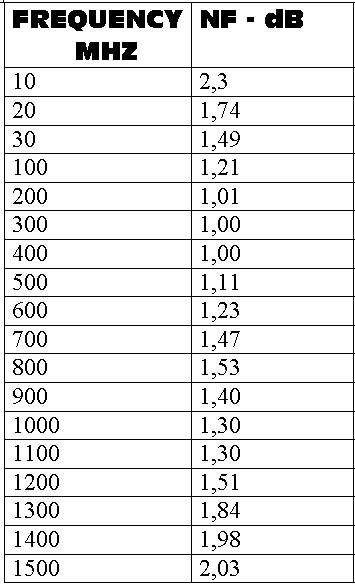Notoriusly many LNAs have several IP3 problems when used in high field strenght measures (EMC, EMI, drive test, etc.). In that such of conditions the key RF parameter to be considered is the IP3 figure, rather then the pure noise figure, or gain flatness, because an amplifier with poor IP3 figure could causes undesired intermodulation products and distorced amplitude measurements.
One of the most difficult environment is probably the EMC radiated emission test, in which the first front end stage is often exposed to broadband noise envelope. The practical effect is that the device must handles multi carrier intermodulation stress, equivalent to many IMD products (2th, 3th, 5th, 7th, 9th and so on), so even the absolute carrier amplitude is low, the amplifier must perform in a extreme conditions.
Similar experiences can be met doing field strenght campaign next to high power broadcasting stations, mobile repeaters, two way repeaters, microwave links etc.
This projects has been originated from the need to improve the sensitivity of EMI receivers and to help people involved in TV/radio field measures, trying to use their experiences to avoid IMD issues.
Due to the good results met, similar design have been used for other critical applications (Military, Satcom, Telecom, etc.), in different frequency range and configurations.
The followings table shows generic products even we can design high IP3 drivers and LNAs up to the KU band (narrow or broadband) for various applications.





